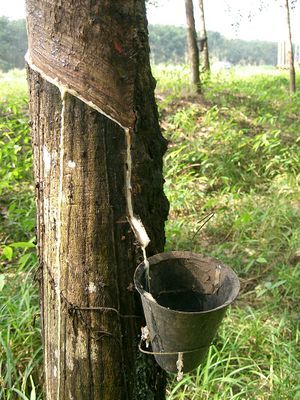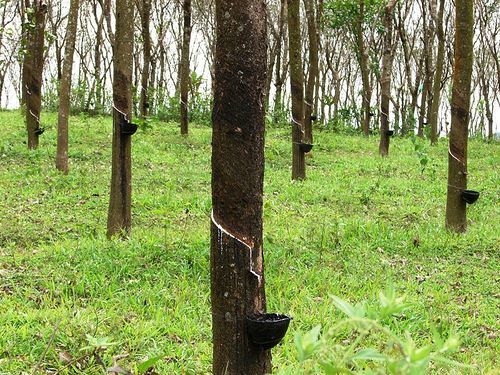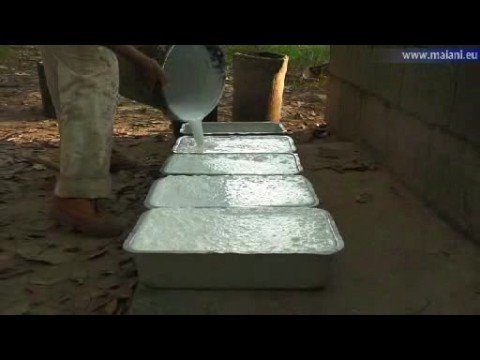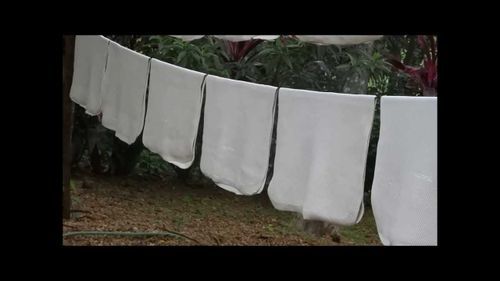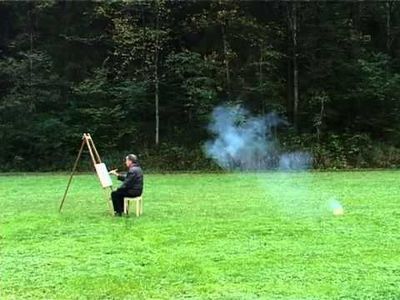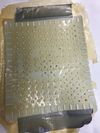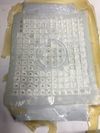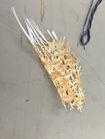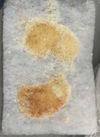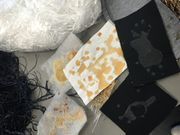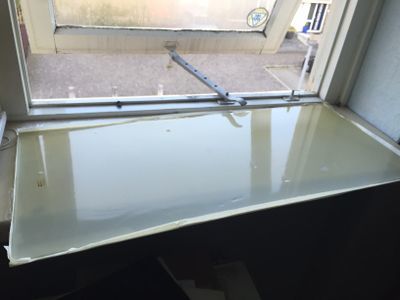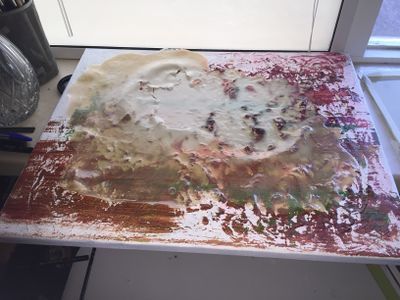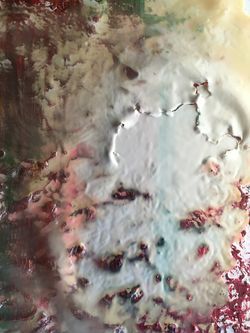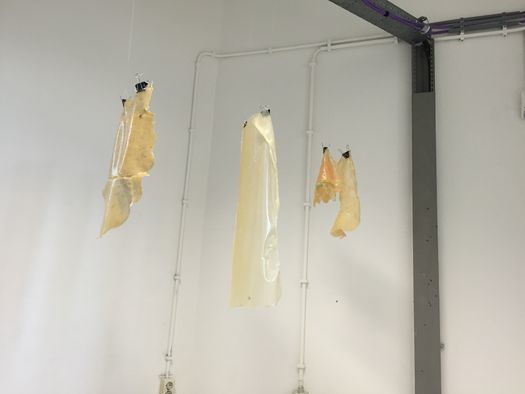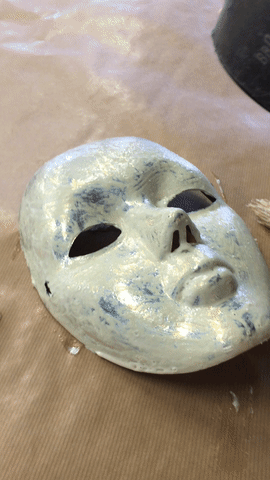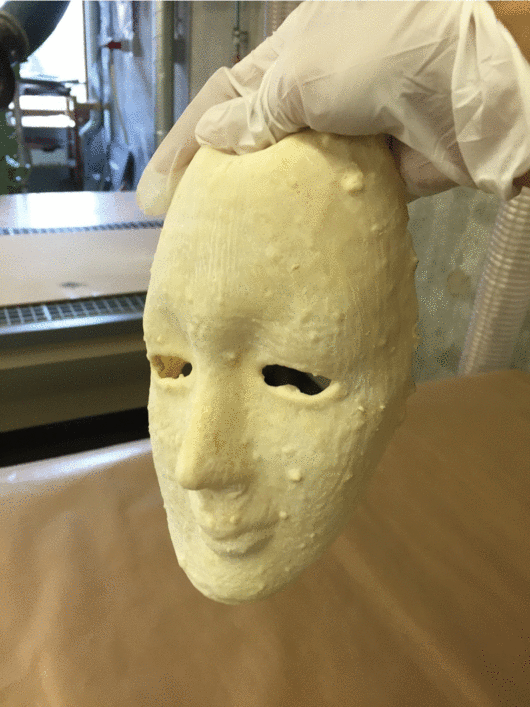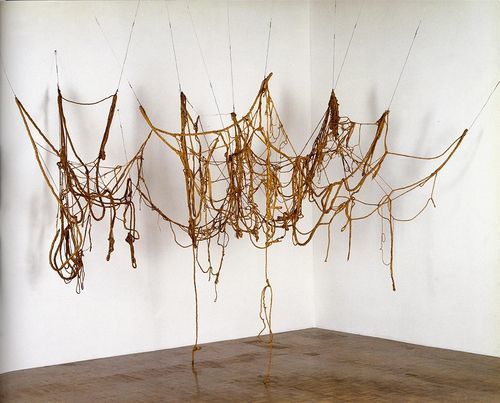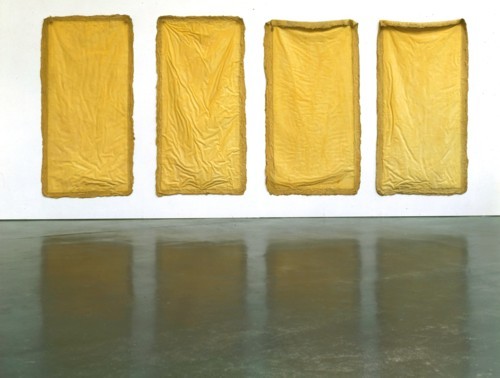Difference between revisions of "User:Melisacola"
Melisacola (talk | contribs) (→Essay) |
Melisacola (talk | contribs) (→Essay) |
||
| Line 38: | Line 38: | ||
WDKA is mostly focussed on applied arts and i always felt like my department was very out of place. Showing process and communicating work is very essential, which i get, but it’s difficult for me cause i don’t work like that. I do make a lot of process, but at Fine Art my end work get’s rated. For me the proces can also be the end work sometimes, or even a part of the proces. There’s a never an assignment and lot of freedom for exploration whit-in my department. | WDKA is mostly focussed on applied arts and i always felt like my department was very out of place. Showing process and communicating work is very essential, which i get, but it’s difficult for me cause i don’t work like that. I do make a lot of process, but at Fine Art my end work get’s rated. For me the proces can also be the end work sometimes, or even a part of the proces. There’s a never an assignment and lot of freedom for exploration whit-in my department. | ||
| + | Because the work that i make comes from a expressionist angle, it can make some things difficult. It needs a lot of concentration and discipline, which i sometimes lack. But my passion for making is mostly my drive, cause i do reallt enjoy making en facing problems to solve. It's sometimes tempting to run away from a project whenever i got stuck, cause it sometimes can really overwhelm me. I sometimes feel like problems and criticism effect me harder then most people, cause i work from such a personal angle. I'm still trying to learn to how to balance me as an artist and me as a person. | ||
| + | |||
| + | Making within digital craft | ||
| + | I chose Digital Craft as a practise cause it immediatly spoke to me during the indtroduction hour. I always use craft in my work, as i'm not really interested in computerwork. I do want to learn someday about using digital attributions as manipulation tools (i hope that's a clear sentence..). I work as a photographer and only use analog camera's with 35mm film. With the analog camera i feel like i make the pictures with my hands, as i develop and bath them myself. But i started using a scanner since recently, which makes it somewhat easier for me. It also takes away a personal touch from the making proces, but the digital developments within photography are really helpfull sometimes, so i'm always trying to find a mid way. | ||
| + | When i entered the course i wanted to work more with materials and hoped to be in the textile group. When i was put in the bonding group i was really dissapointed, but i dealt with it pretty fast. It was very open for interpetation, which i liked. | ||
</font> | </font> | ||
Revision as of 07:09, 2 June 2016
Melisa
Bonding and Fusing
0877883@hr.nl
Contents
WHY I MAKE
5 sentences
1. To express 2. To learn how to control materials 3. To bond and collaborate 4. To communicate with visuals 5. To own my emotions
Essay
ESSAY digital craft
Making as a personal journey
My way of making comes from a personal interest and need. My mind can be all over the place and making something from scratch can get things straight for me. I'm not great with words and i tend to overthink things if i keep ideas in my head to long, so for me the process of making and reflecting makes things clear for me.
As a child my dad would always draw me, i would sit on a chair for hours sometimes so he could draw me, which i hated. It did inspire me to make myself, but my idea of art was somethinf that should be "pretty". I've been drawing since then and started cutting and pasting from magazines. I had concentration problems and when i started drawing portraits i noticed it calmed me down. When i was 18 i was accepted to the HKU, at the fine art department. It was a really hard, cause i learned that art didnt have to be visually pretty but needed a story. At that age especially it was hard for me to open up about myself and it still is.
i don’t like writing at all, so writing this is very hard for. I’m more a visual person and i find that explaining things takes away something away from the art. Like if you make a painting and call it the sea, the all people see is a sea, or at least look for one.
With making i like to find the line between expressing myself and keeping things questionable at the same time. As a person i’m not an open book and i’m trying to find ways to express as an artist, with or without opening up about myself. It’s a hard contradiction, but i’m figuring it out.
Making within the Fine Art Department
WDKA is mostly focussed on applied arts and i always felt like my department was very out of place. Showing process and communicating work is very essential, which i get, but it’s difficult for me cause i don’t work like that. I do make a lot of process, but at Fine Art my end work get’s rated. For me the proces can also be the end work sometimes, or even a part of the proces. There’s a never an assignment and lot of freedom for exploration whit-in my department.
Because the work that i make comes from a expressionist angle, it can make some things difficult. It needs a lot of concentration and discipline, which i sometimes lack. But my passion for making is mostly my drive, cause i do reallt enjoy making en facing problems to solve. It's sometimes tempting to run away from a project whenever i got stuck, cause it sometimes can really overwhelm me. I sometimes feel like problems and criticism effect me harder then most people, cause i work from such a personal angle. I'm still trying to learn to how to balance me as an artist and me as a person.
Making within digital craft I chose Digital Craft as a practise cause it immediatly spoke to me during the indtroduction hour. I always use craft in my work, as i'm not really interested in computerwork. I do want to learn someday about using digital attributions as manipulation tools (i hope that's a clear sentence..). I work as a photographer and only use analog camera's with 35mm film. With the analog camera i feel like i make the pictures with my hands, as i develop and bath them myself. But i started using a scanner since recently, which makes it somewhat easier for me. It also takes away a personal touch from the making proces, but the digital developments within photography are really helpfull sometimes, so i'm always trying to find a mid way. When i entered the course i wanted to work more with materials and hoped to be in the textile group. When i was put in the bonding group i was really dissapointed, but i dealt with it pretty fast. It was very open for interpetation, which i liked.
LATEX
Latex is a stable dispersion (emulsion) of polymer micro particles in an aqueous medium. It is found in nature, but synthetic latexes can be made by polymerizing a monomer such as styrene that has been emulsified with surfactants.
Latex as found in nature is a milky fluid found in 10% of all flowering plants (angiosperms). It is a complex emulsion consisting of proteins, alkaloids, starches, sugars, oils, tannins, resins, and gums that coagulate on exposure to air. It is usually exuded after tissue injury. In most plants, latex is white, but some have yellow, orange, or scarlet latex. Since the 17th century, latex has been used as a term for the fluid substance in plants. It serves mainly as defense against herbivorous insects. Latex is not to be confused with plant sap; it is a separate substance, separately produced, and with separate functions.===
PRE-INDUSTRIAL MAKING PROCES
LATEX
Latex is being used as a natural rubber to make gloves, ties and boots, for example. It takes several years for rubber tree to mature. After that you can slowly tap from the tree, a process that is still happening.
The colors of latex was determined by what kind of three it was made from. It also took several days of tapping for the rubber to recover and a lot of baths. Fire ovens were build with a smoke room above where the rubber hang for 5 days, in order to prevent mold.
TECHNIQUES
1. Started making prints with rubber, but it fused together
2. Working in layers to create rubber
3. Combining with textiles
It is usually applied using a disposable sponge and would take about five to ten minutes to dry depending on how thick it is applied. As it dries it solidifies to a rubbery consistency and in the processes ends up shrinking. As the latex dries it becomes very sticky and will stick to itself if accidentally folded over. Alternatively, shimmer powders can be dusted over dried liquid latex to create metallic effects. One advantage to the tackiness of liquid latex is that it can act as an adhesive to attach things to the paint. Liquid latex is removable by peeling it off since water does not reactivate it.
PUSHING THE MATERIAL TO THE LIMIT
Latex is usually used as a mal in the cheramic station, which i tried to avoid, by making the material the end piece. But to experience with it and push the material, i tried everything with the latex. After choosing the mal to work with, i went two different routes, casting and layering.
CASTING
casting makes the material smooth, which makes it able to use it as a textile to make gloves or clothes. I used a mirror and an old painting with some structure and colours.
PROCESS casting ---- 20 hours ---- object
BRUSHWORK
Wish the brushwork i was going for a more rubbery effect with some texture. I added 20 layers to the mask. It was nice to stay with the work instead of leaving it for a day, which made me feel more connected to it.
PROCESS BRUSH ---- layers ---- speed the drying process with a hairdryer
The function of the end result can be used as a mal but also as a object
END WORK
Inspiration
I knew i wanted to focus on material pretty early and i was inspired by de work of Eva Hesse. She was a sculptor known for her pioneering work in materials such as fiberglass, and plastics. She is one of the artists who ushered in the post-minimal art movement in the 1960s. Her work often shows minimal manipulation to a material while simultaneously completely transforming it.
1. Eva Hesse's "Untitled (Rope Piece)" (1970) was made when the artist was dying. 2. Aught, 1968, Latex, canvas, polyethylene sheeting, rope and unidentified materials, metal grommets
I'm not that focussed on manipulating materials in my work so far, but i always had an interest in working in layers. Layers can create an different interpretations from the viewers, depending on the area it's put and the position of the viewer. To me latex was an interesting material to work with cause of the transparency it creates when you cast it on all at once, instead of layer after layer which people use to create a mall.
work

